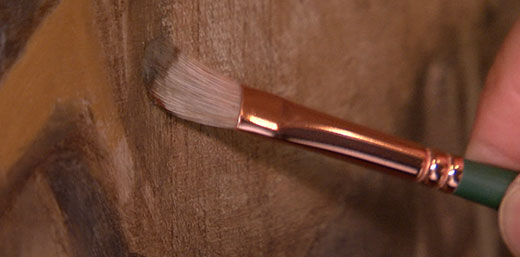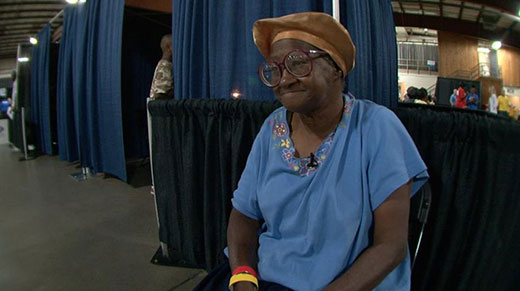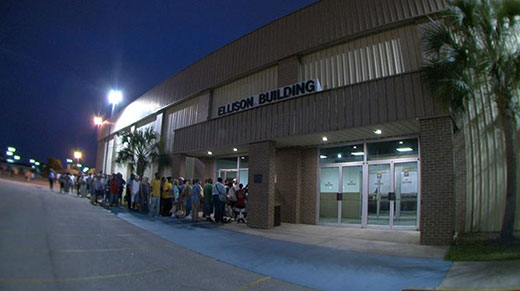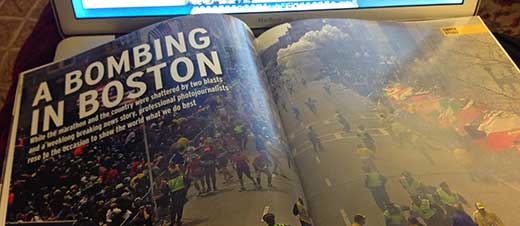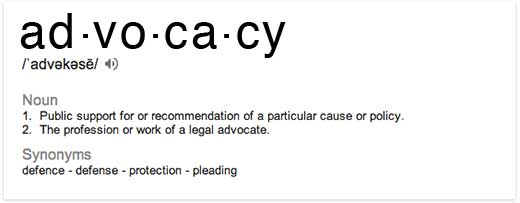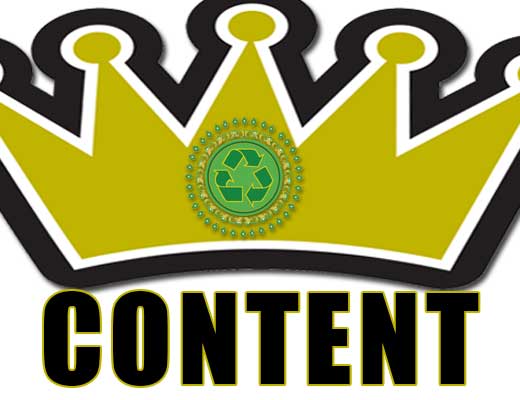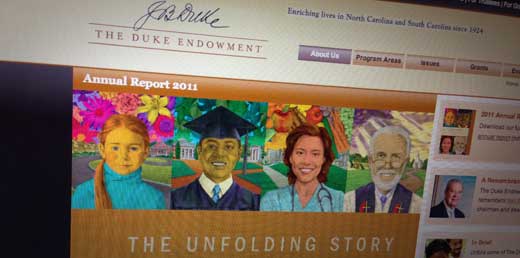The storytelling narrative…sounds like an oxymoron? Well…there is a narrative in the content marketing space, and the primary focus for these marketers –> who is going to own the storytelling digital narrative. Hmm…
Since digital content marketing has become a buzz word, mission statement, and a service to provide…more and more “expert” storytellers are emerging. I am finding more and more organizations touting the ability to leverage audiences using this practice of storytelling. Just do a Google search and Twitter search for the word “Storytelling”.
Yes…we all can tell a story…but to what degree do people really care? And what do we view as a story. As a former journalist, stories were and still are my life. For so many years…I thought I could tell a great story using a camera, microphone, and a computer.
This was my ethic until I met Bob Dotson…who I think is one of the best storytellers in broadcast journalism. He shared something with me that changed the way I approach every project I produce. He shared with me his philosophy during dinner one evening.
Stories are like an onion, and it is up to us to help the audience peel back the layers. He went on to explain that many people can tell a story, but is it really a story when only layer is revealed? True storytellers find stories with layers, ones that have deep meaning, deeper impacts, layers upon layers of little micro stories.
I love this idea of the onion and the storyteller’s burden to seek and find the truth in those layers. The true narrative lies in the connection of those layers as they are weaved together in a larger enterprise.
If you apply this idea of layers with content marketing, it is a perfect match. As content marketers, we know that it is not advantageous to only deliver the whole story at one time. If we can reveal each layer of a story, one link at a time, one picture at a time, one video at a time, one blog post at a time, one tweet at a time, etc…we can share a larger narrative that builds a larger digital brand.
We have the opportunity to expose a larger documentary, providing a path through this narrative (these micro-stories) revealing the thesis at the right time…the right moment.
So I thought I would share four things that I feel are a part of this larger storytelling narrative:
1) Finding the Story:
The act of finding a story that you can see, hear, feel, and relate. This is the vital. We not only have to find the first layer, we have to dig deep. We have to search for the onion. The goal is to find that story that can not only reveal itself in layers, but also provide digital accessibility for the audience. We want to sprinkle the digital space…one layer at a time.
2) Telling the story:
This is a part of the narrative where we bring the story to life. The art of articulating using words, visuals, sounds…elements that reach the audience in the fashion where they can see, hear, and feel the layers reveal themselves.
3) Seeking the Story:
As storytellers, we seek to tell, yet consumers seek to find a story. There is the part of the narrative where consumers use language to search for the story. Whether listening in a conversation or typing words into google, we must articulate what we want consumers to find. We have to give consumers language to use to find our stories! So as marketers of this larger narrative, we have to digitally brand our stories. How can we find and share the proper keywords, revealing them to the audience so that they find our story at the right moment in time.
4) Sharing the Story:
This is the part where pitching the story is important. Once we tell…we have to make the story repeatable in an efficient, expedient fashion. So articulating a status update, tweet, or sharing at the dinner table is a part of the sharing narrative. From word-of-mouth (WOM) to digital WOM, sharing is a strategy. How can we trickle each layer of the story so that we give the audiences reason to continually come back for more.


